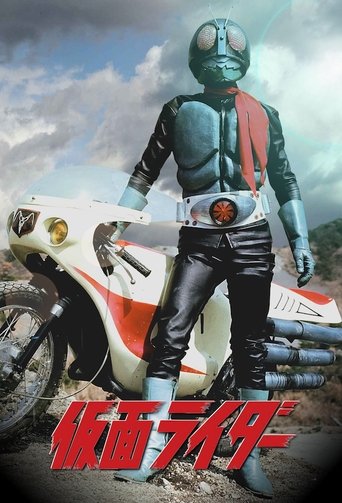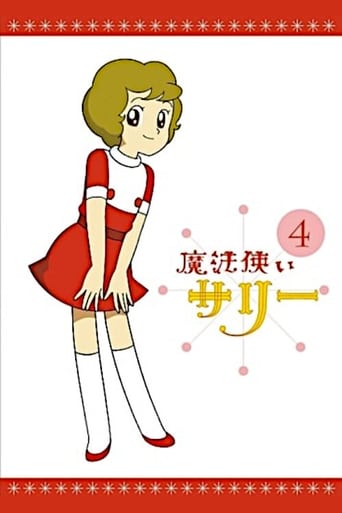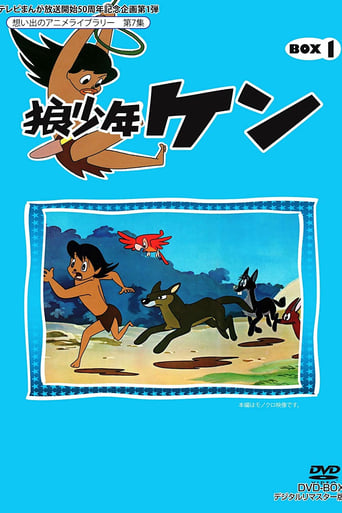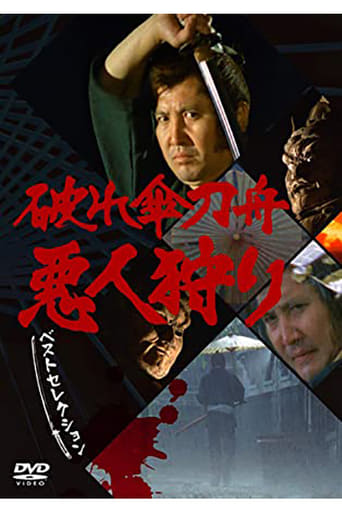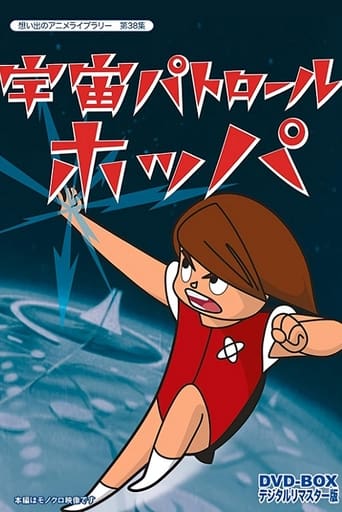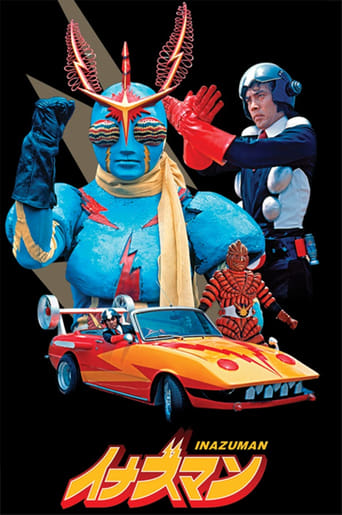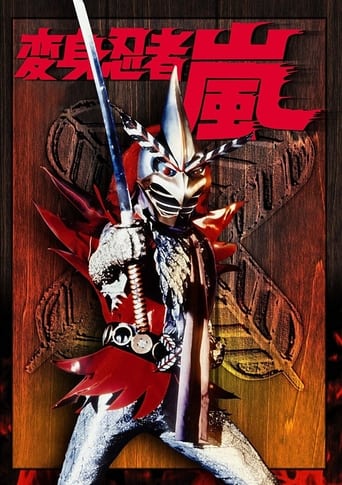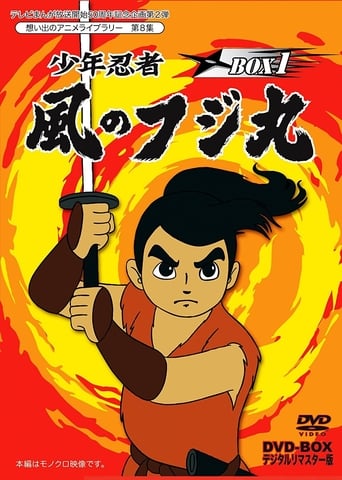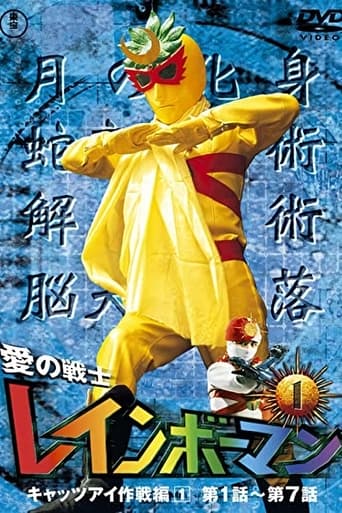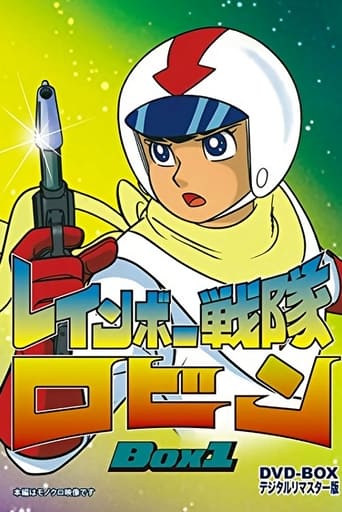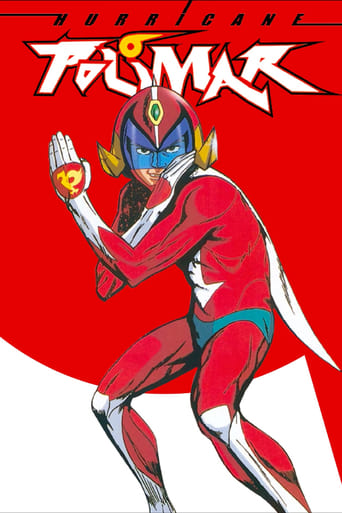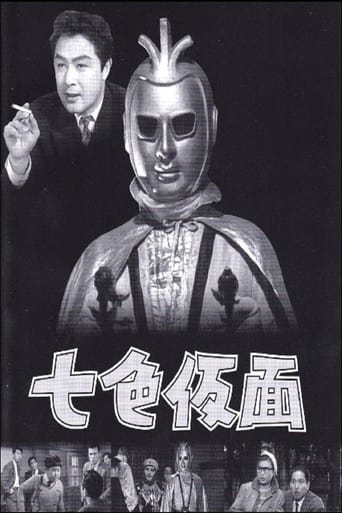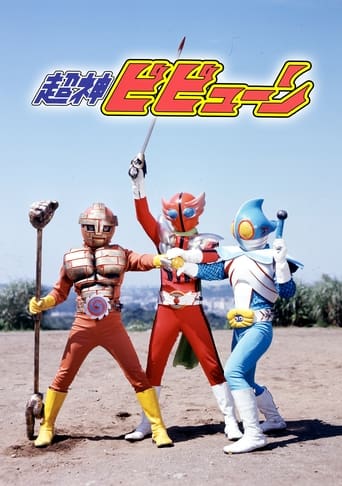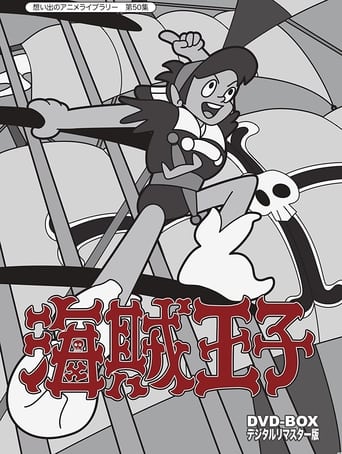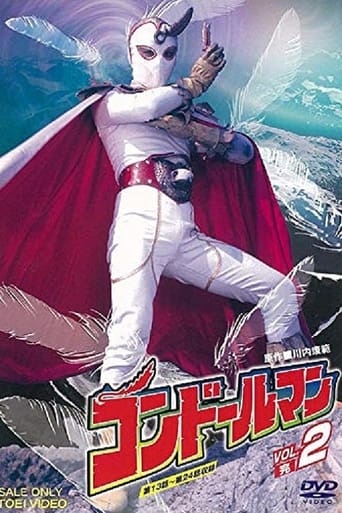Sally is the witch princess of the Magic Kingdom who longs to visit the mortal realm, presumably to make friends her own age. One day, by mistake, Sally teleports to the "mid world" (Earth), where she uses her magic to fend off a couple of burglars menacing two schoolgirls. Immediately befriended by her new acquaintances — tomboyish Yoshiko Hanamura (known affectionately as "Yotchan") and girly Sumire Kasugano — Sally decides to stay on Earth indefinitely, leading to mischief. As with Samantha Stevens in Bewitched, Sally tries to keep her supernatural abilities secret, assuming the role of a human child.
In the final episode, Sally's grandma informs her she must return to the Magic Kingdom. Before leaving, Sally tries to tell her friends about her origins, but no one will believe her. Then her elementary school catches on fire, and Sally uses her magic to put it out. Her powers thus exposed, Sally's time to leave has finally come. She waves farewell to her friends, and returns to the Magic Kingdom.
Being so popular in Japan, mostly the same way as classic Hanna-Barbera characters are in America, a second series was produced 20 years later. The second series continues a few years after the original ending, and finishes with the Original video animation Sally the Witch: Mother's Love is Eternal, in which, at the end, Sally finally becomes the ruler Queen of the Magic Kingdom, but worries about leaving her friends behind.
